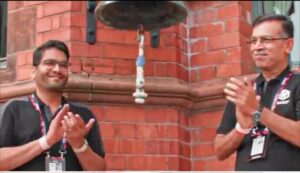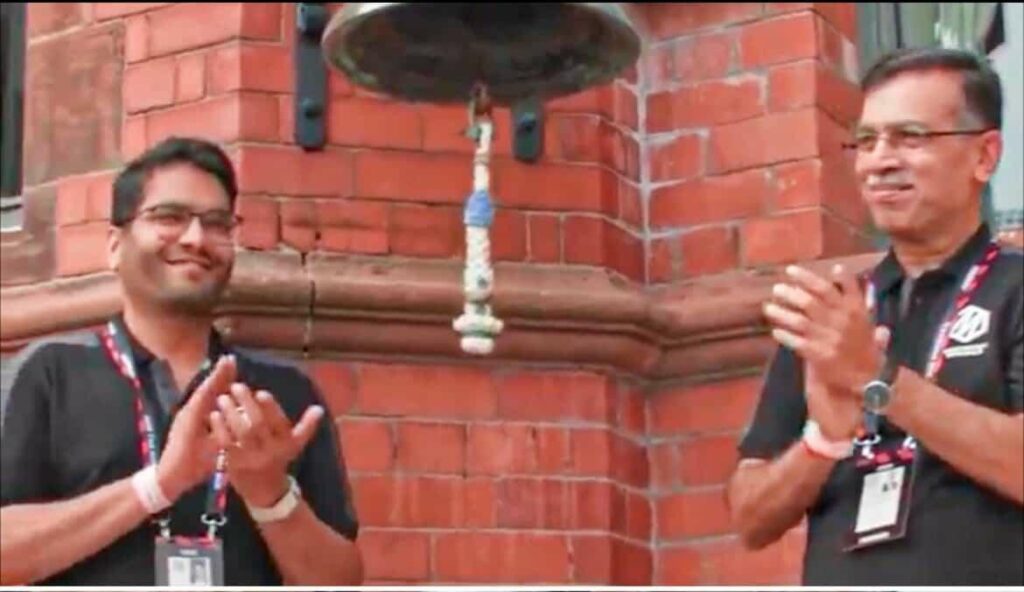
Before deriding The Hundred that is taking place on the heels of a memorable Test series, think again. From a purist’s point of view, this is a ‘popcorn’ tournament where cricketers thrive on brawn rather than brain. But The Hundred will bankroll English cricket.
There’s a deep economic inequality in English county cricket. Save a few top-tier outfits, counties don’t make money. It prompted the England and Wales Cricket Board (ECB) to open up The Hundred. It gives the whole English cricket landscape a financial uplift. The eight Hundred franchises will generate substantial revenue, which will have a trickle-down effect.
Four franchises in The Hundred now have IPL owners. Oval Invincibles, Northern Superchargers, Manchester Originals and Southern Brave have received investments from the owners of Mumbai Indians, Sunrisers Hyderabad, Lucknow Super Giants and Delhi Capitals respectively. The other four franchises — Trent Rockets, London Spirit, Birmingham Phoenix and Welsh Fire — are backed by American investors.
Sanjiv Goenka, the Lucknow Super Giants owner, who has acquired a majority stake at Manchester Originals, has rightly called it a special moment, as he rang the five-minute bell at Old Trafford ahead of the Manchester Originals versus Southern Brave Women’s The Hundred match on Wednesday. “Truly special to be at the legendary @EmiratesOT,” Dr Goenka posted on his X (erstwhile Twitter) handle.
On the field, Manchester Originals lost to Southern Brave by six wickets in the women’s game. In the men’s game too, Originals went down to Brave in a thriller, with Reece Topley, of all people, hitting a four off the penultimate delivery of the match to secure a one-wicket victory for his side with a ball to spare. But in the grand scheme of things, results can take a back seat for the moment.
The ECB’s move to sell stakes in The Hundred can be a turning point. Revenue generated from it is expected to revive county cricket and make the first-class format sustainable. And in turn, it will help nurturing young talents.
The BCCI does it exactly this way. Indian cricket’s total revenue is shared at a 70-30 ratio, with the state associations getting 70 per cent and the parent body keeping 30 per cent. That 70 per cent is equally distributed among the members, who use it for grassroots development and run their cricket. The BCCI, too, invests a lot in grassroots development. The IPL that fetches a broadcast/media rights revenue of $6.2 billion, massively contributes to the running of Indian cricket.
The embarrassment of riches in Indian cricket is the world’s envy and the country’s pride. The IPL plays a major role in it.
For More Sports Related News: Follow RevSportz




